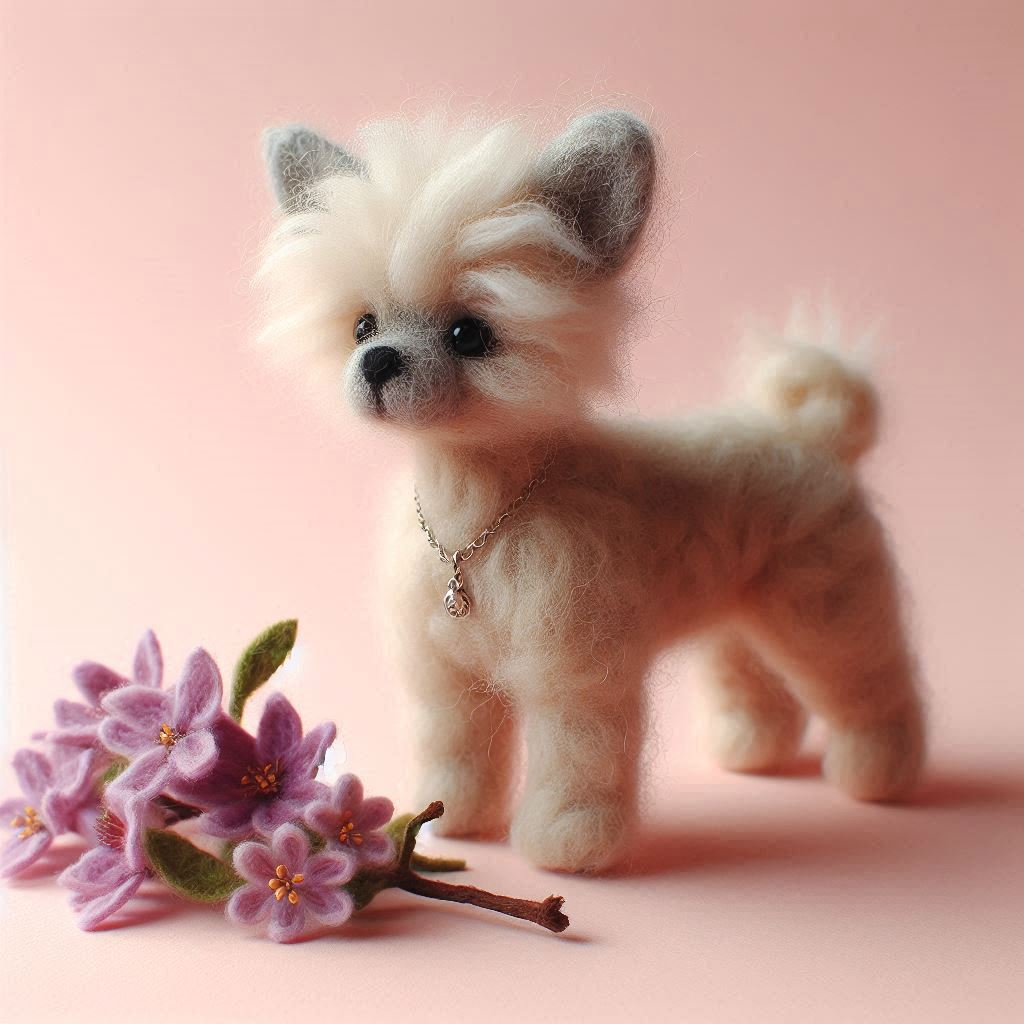June Newsletter
Posted on
Please see our June newsletter here
Posted on
Please see our June newsletter here
Posted on

Creating an open mouth in needle felting is a fantastic way to add expression and realism, especially for animals or character sculptures. Here are 5 steps to get you started;
Posted on
Even seasoned felters can run into snags when pushing the boundaries of their craft. Here are some common mistakes in advanced needle felting — and how to sidestep them for smoother sculpting:

Technique & Tool Missteps
Posted on
Joining Limbs Together

Joining limbs in needle felting requires a secure and seamless connection to ensure durability and a natural look. Here are some key techniques:
Posted on
Guide to Needle Felting Fur

Needle felting fur is a technique used to create realistic textures for animals, dolls, and other felted figures. By layering and attaching wool fibres, you can achieve natural-looking fur effects. This guide covers the essential steps, materials, and techniques to help you master needle felting fur.